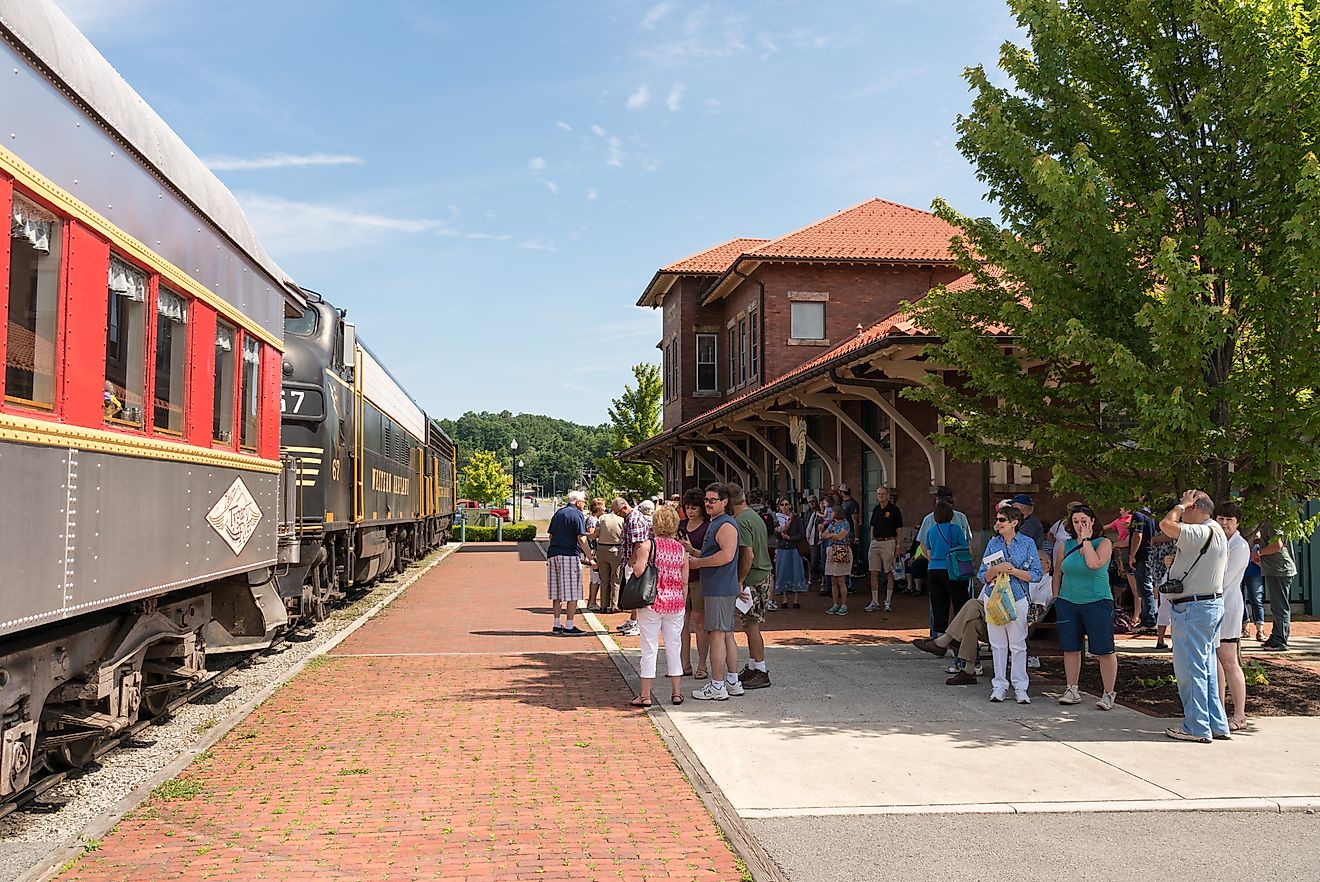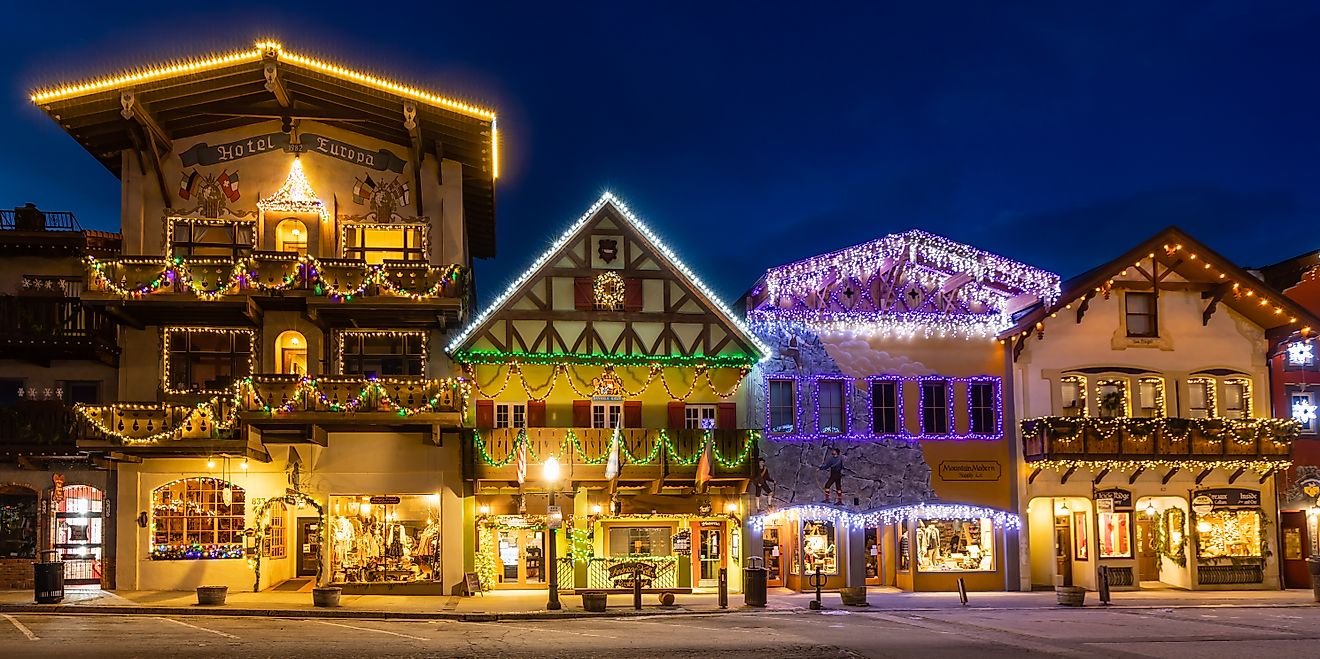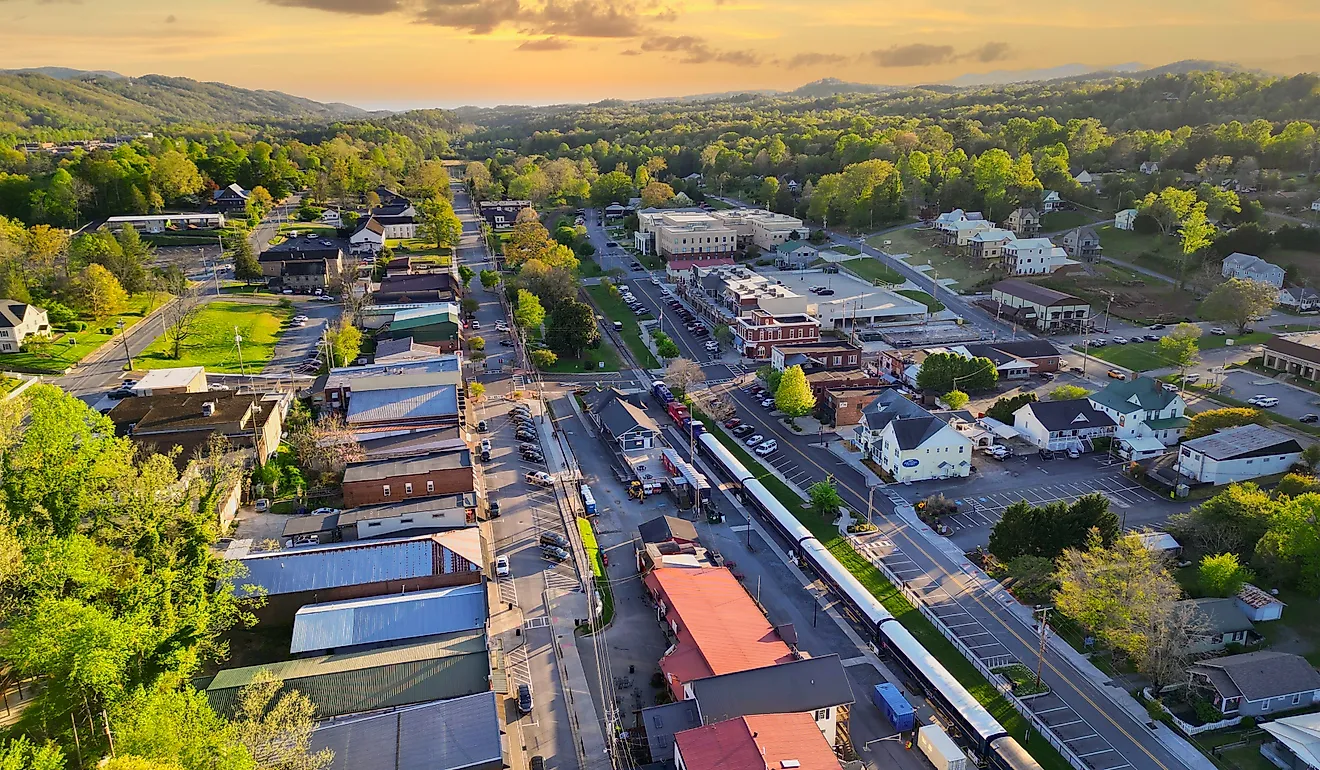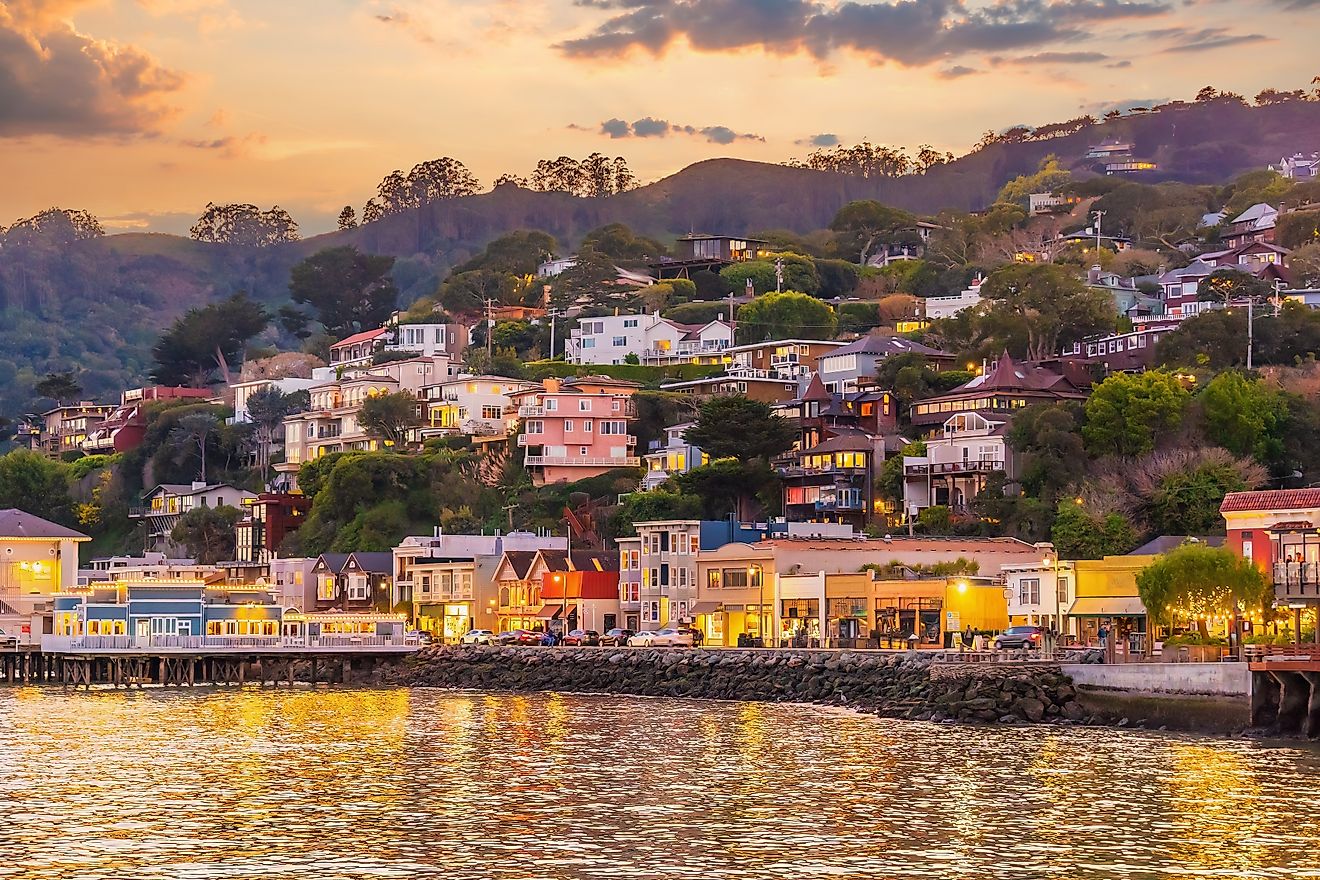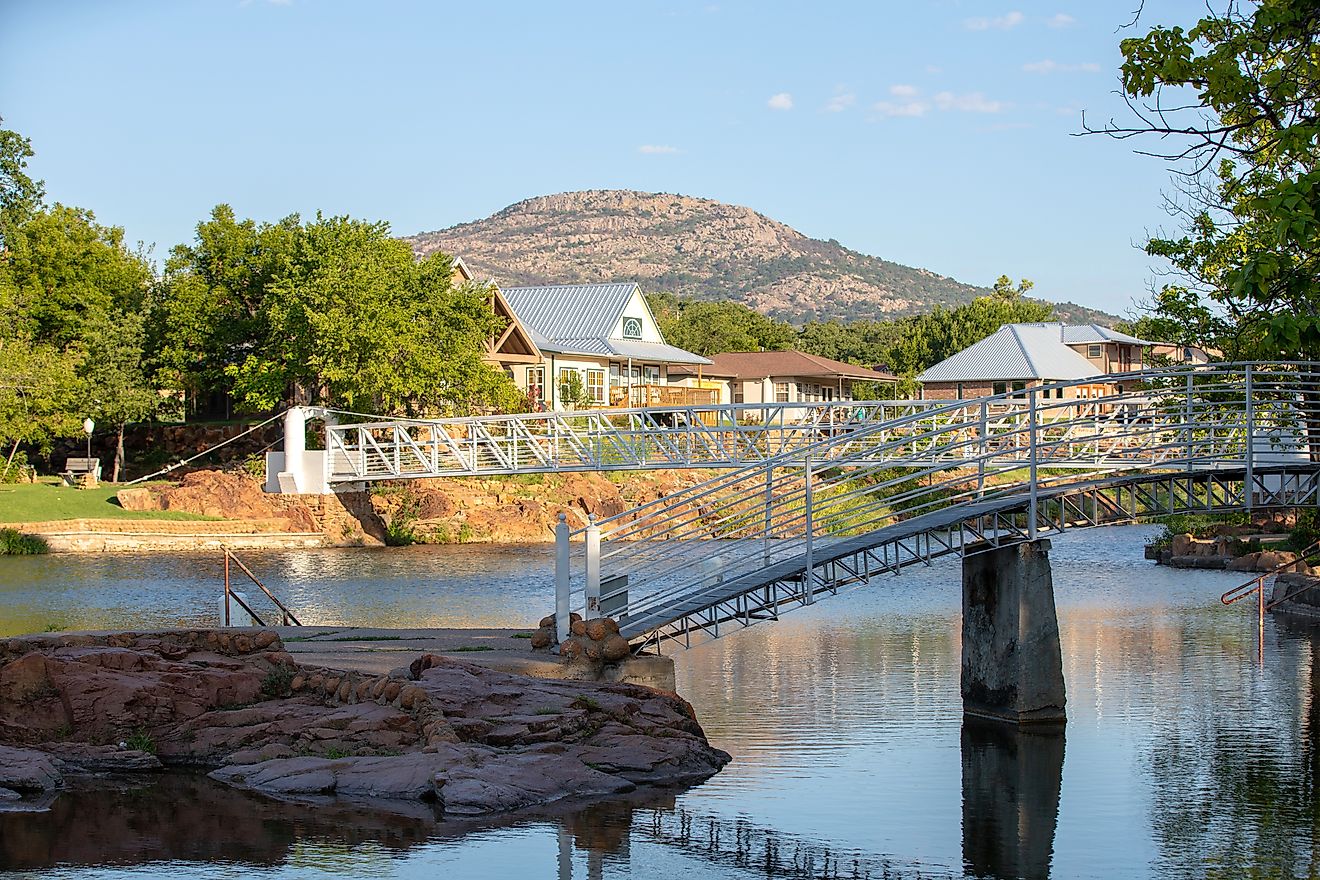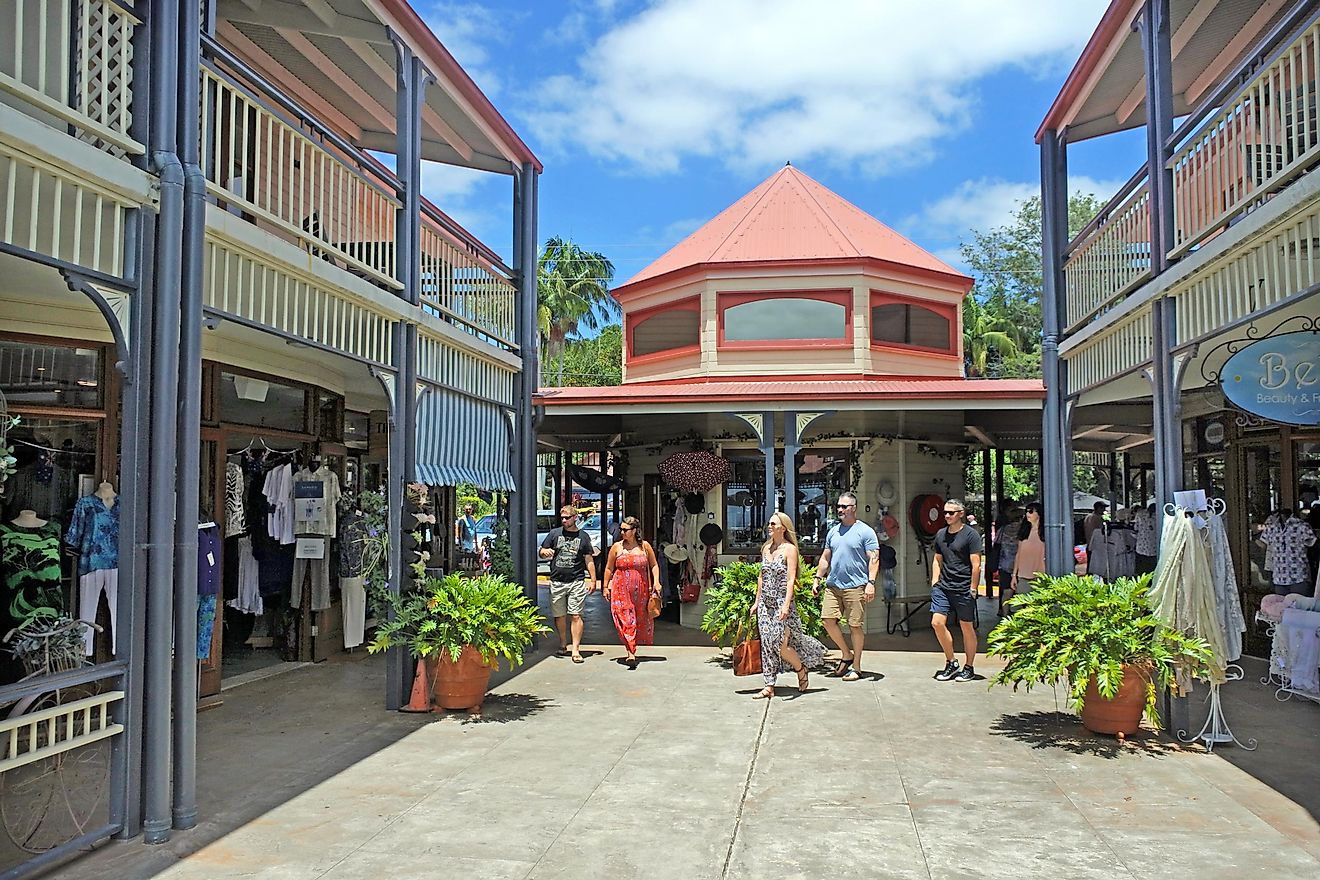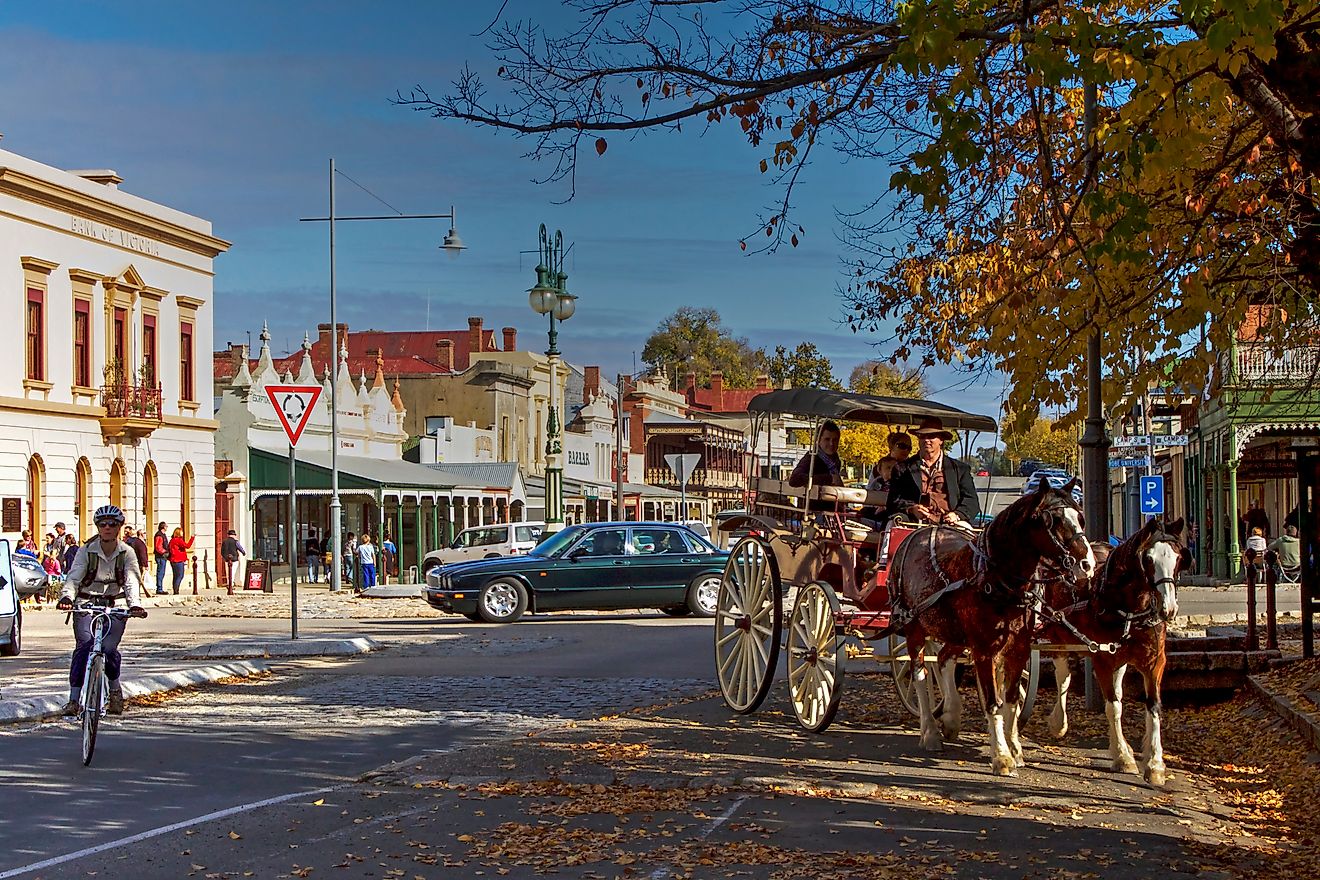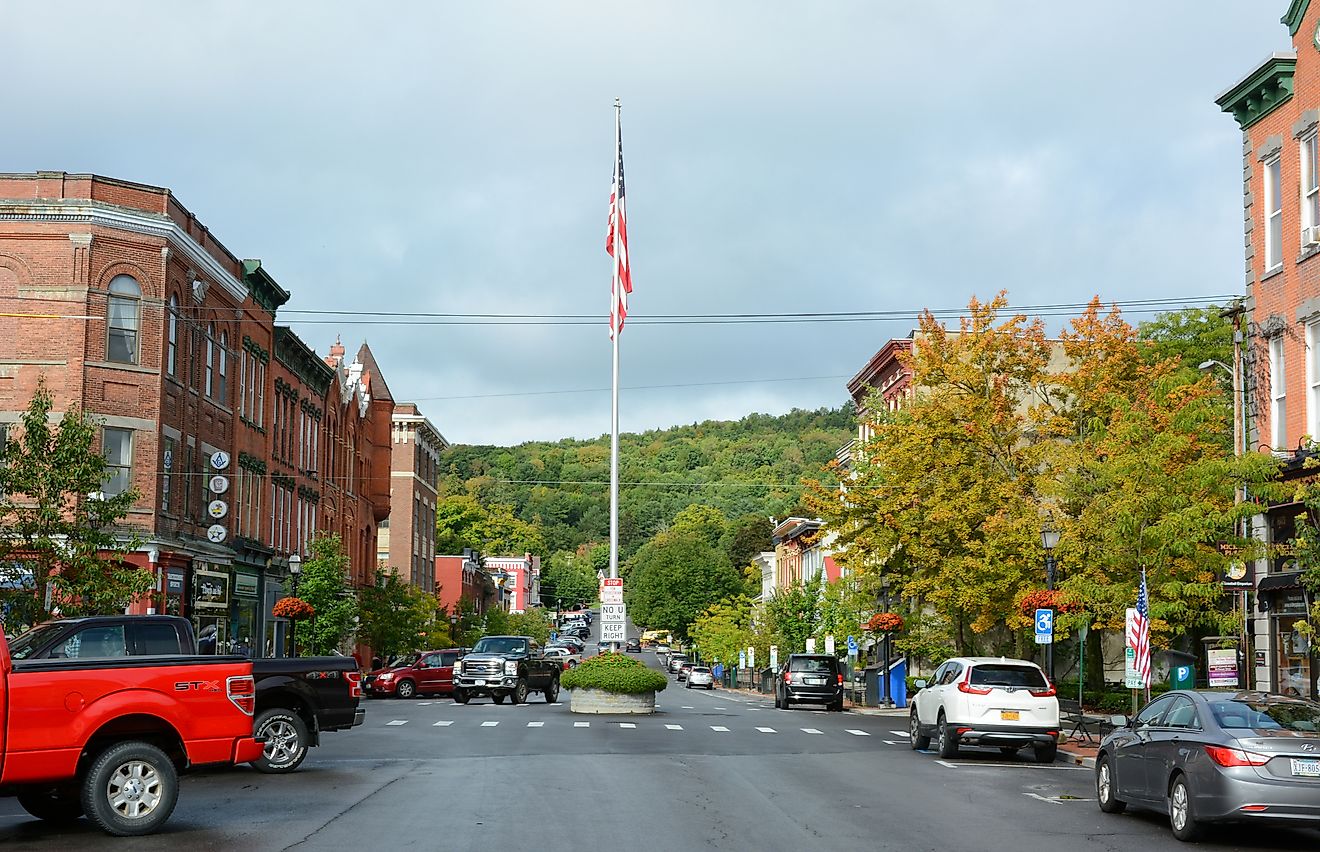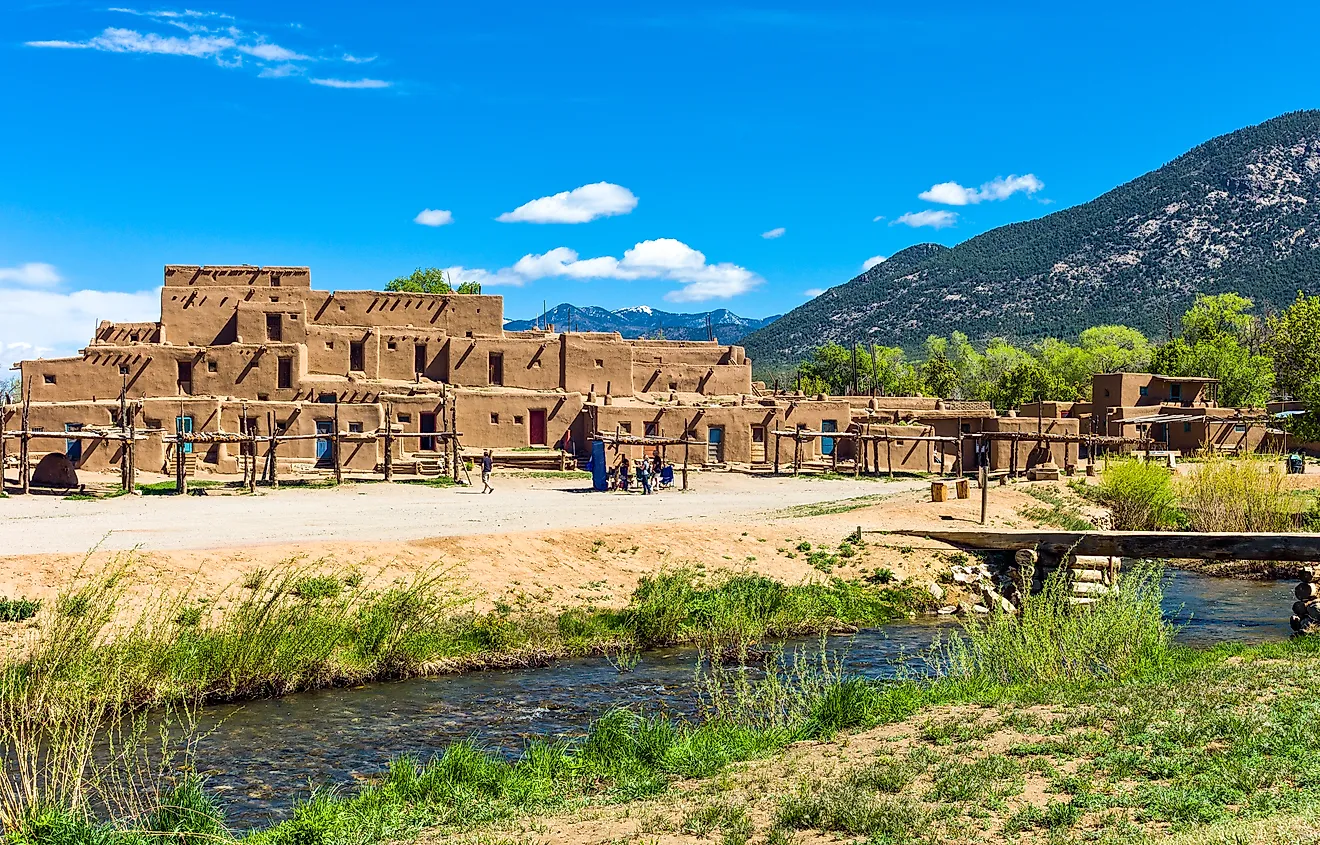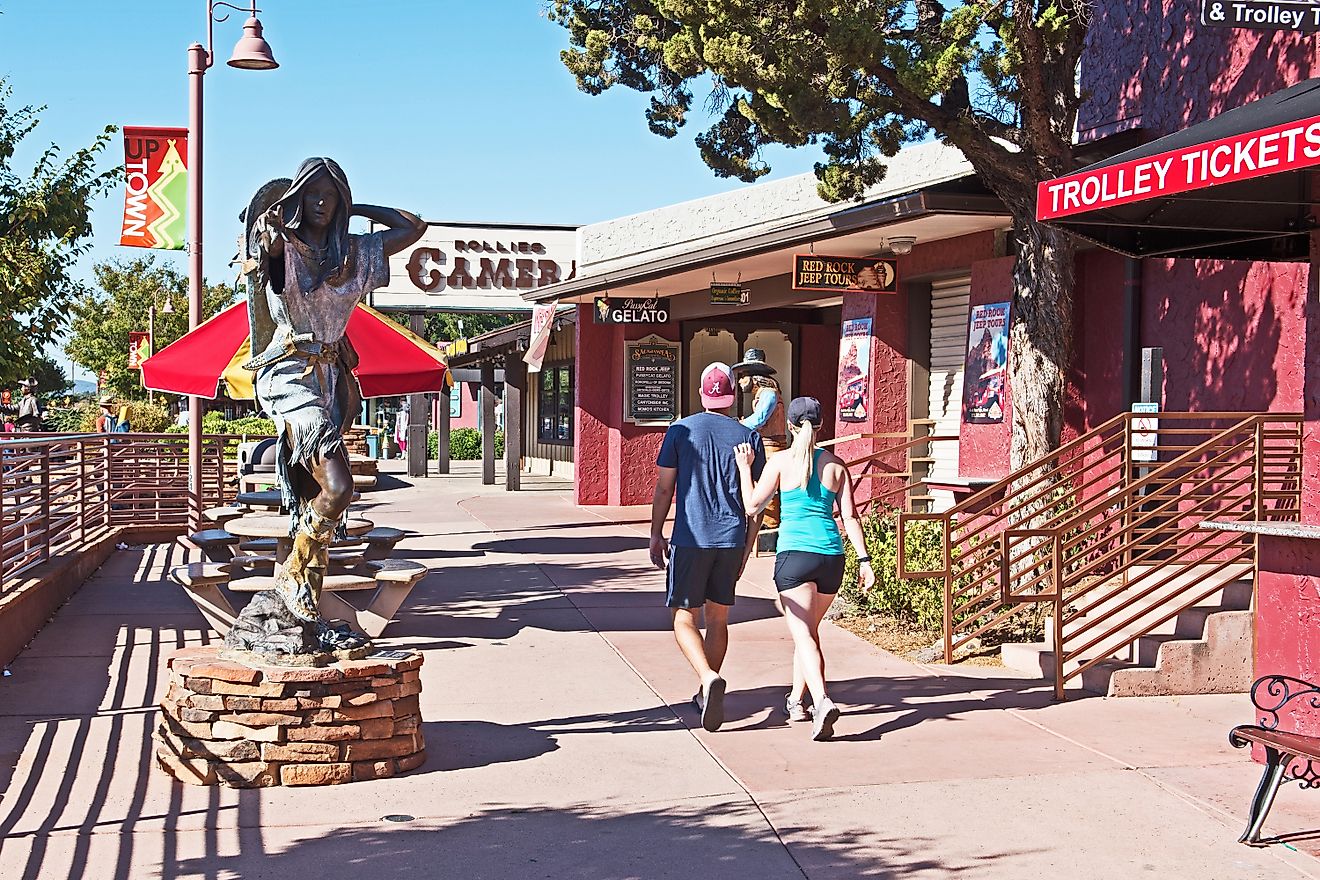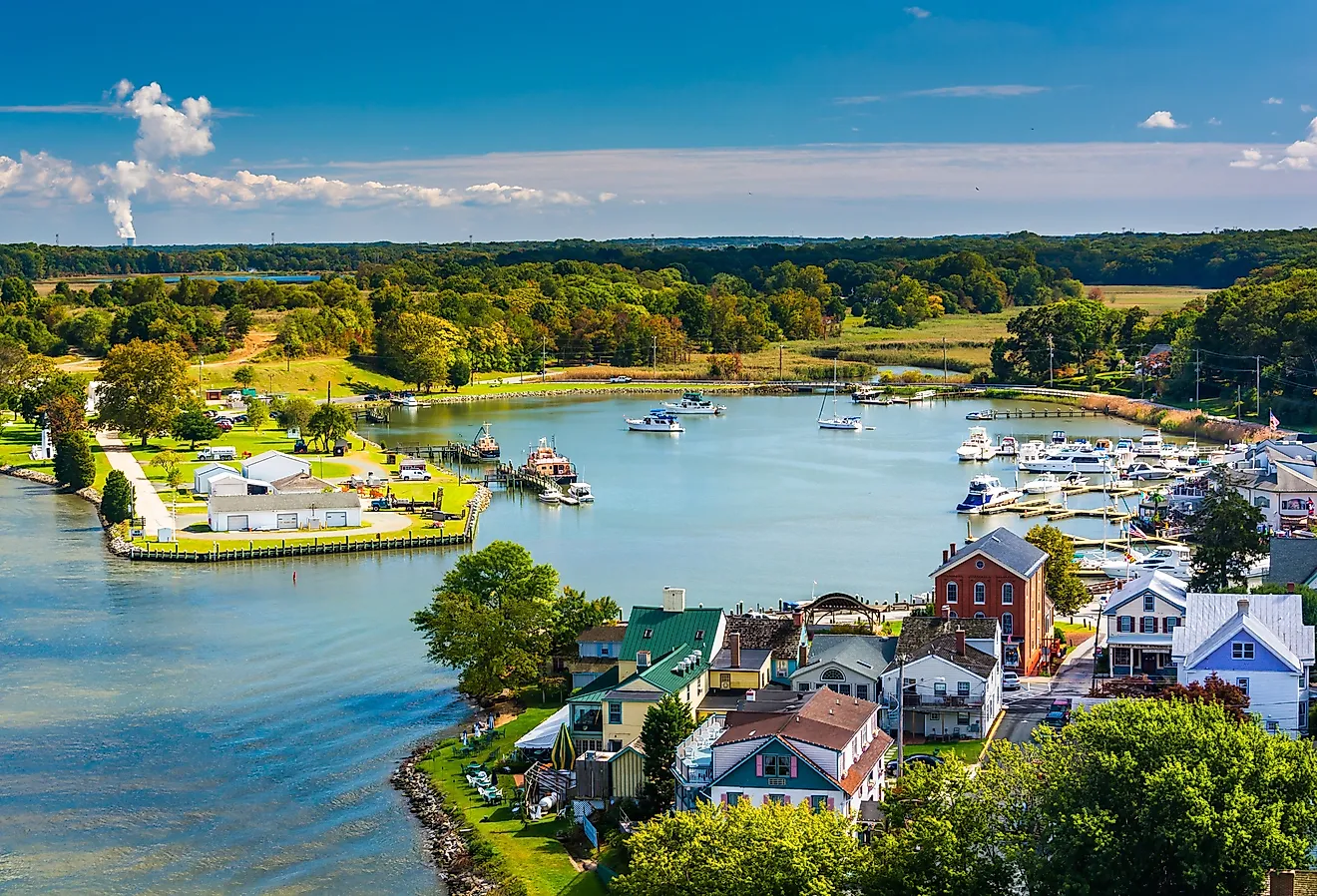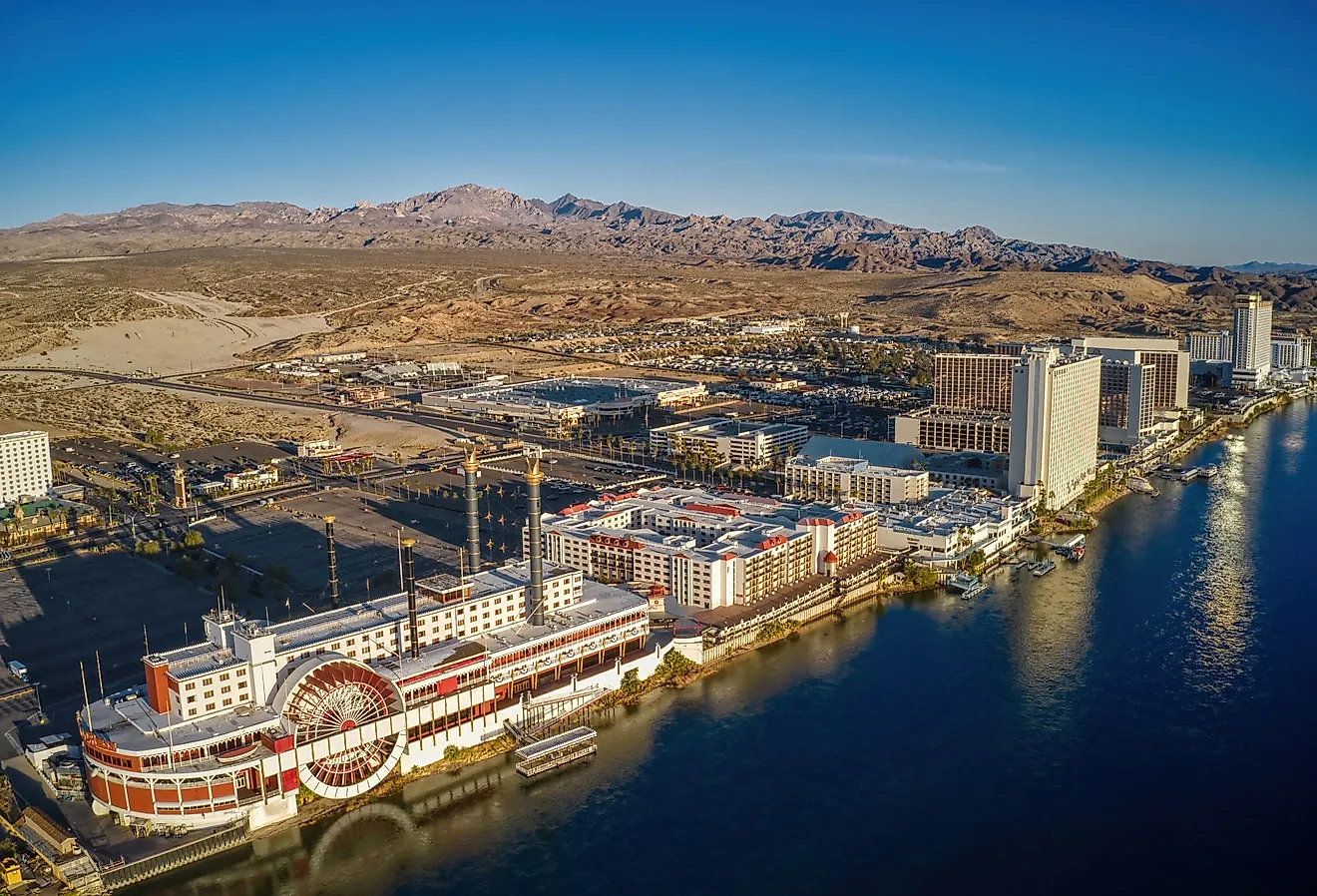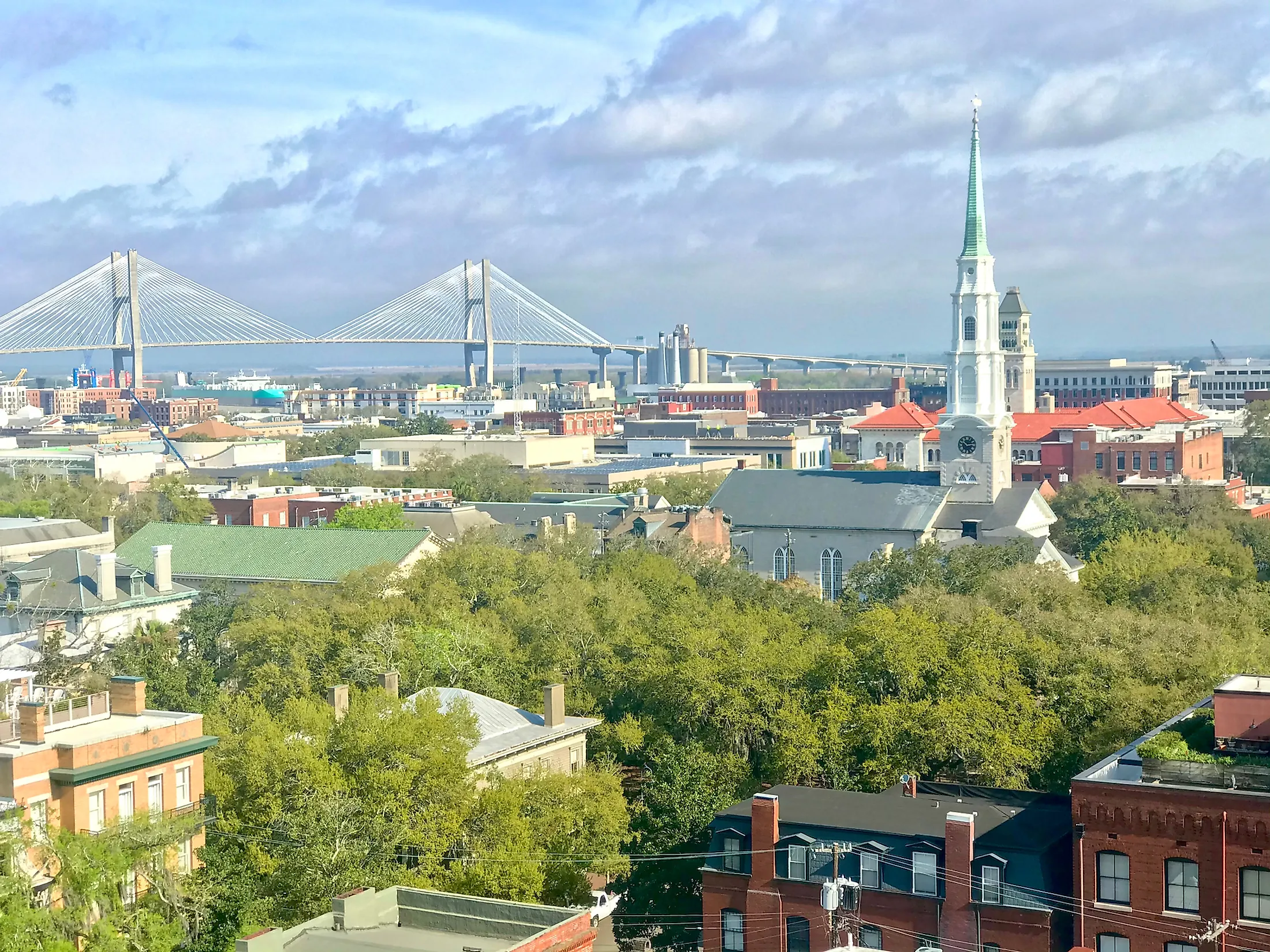
Savannah, Georgia
The city of Savannah is located close to the Atlantic coast of the US state of Georgia. It is the state’s oldest European settlement, established in 1733. Historically, the city has been known for its plantation-based economy and its important Atlantic port, which unfortunately also made it a port of call for the slave trade, since slavery was instrumental in the creation and maintenance of Savannah’s economy. The city contains numerous historic sites, including one of the largest historic districts in the entire United States. Today, Savannah is an important center for the US aerospace industry, as well as military-related industries.
Geography
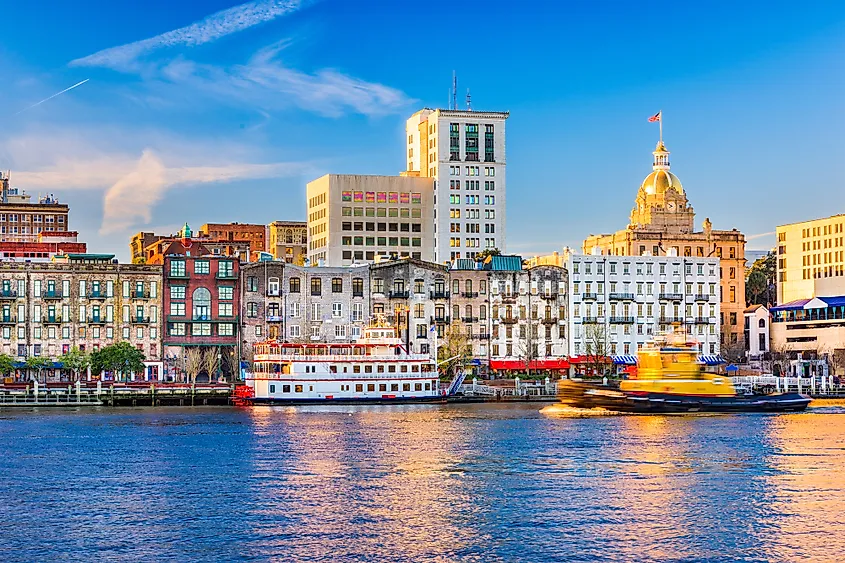
Savannah is located on the Georgian side of the border between the two US states of Georgia and South Carolina. The city is bounded to the north by the Savannah River, and to the south by the Little Ogeechee River. To the east of Savannah are several smaller towns and cities, some of which are situated on nearby islands, including Whitemarsh Island, Skidaway Island, Isle of Hope, and Wilmington Island. To the east of these suburban towns are the Wassaw National Wildlife Refuge, the Little Tybee Island/Cabbage Island Natural Area, and the Fort Pulaski National monument, which all sit on the coast of the Atlantic Ocean. To the west of Savannah are several other cities and towns, including Bloomingdale, Pooler, Garden City, Port Wentworth, Georgetown, and Richmond Hill. Interestingly, Savannah includes several exclave areas to the west that are separated from the main territory of the city.
Demographics
Savannah is divided into 100 distinct neighborhoods, which are situated in six principle areas of the city: Downtown (Landmark Historic District and Victorian District), Midtown, Southside, Eastside, Westside, and Southwest/West Chatham. The city also has six designated historic districts, including the Savannah Historic District, which is one of the largest historic districts in the entire United States.
As of 2020, Savannah had population of 141,758, making it the 5th largest city in Georgia. Nearly 54% of the city’s population is identified as African American. Whites constitute nearly 39% of the population, while the rest are identified as being of mixed racial heritage, Asian, Native American, Native Hawaiian or Pacific Islander, or other.
Economy
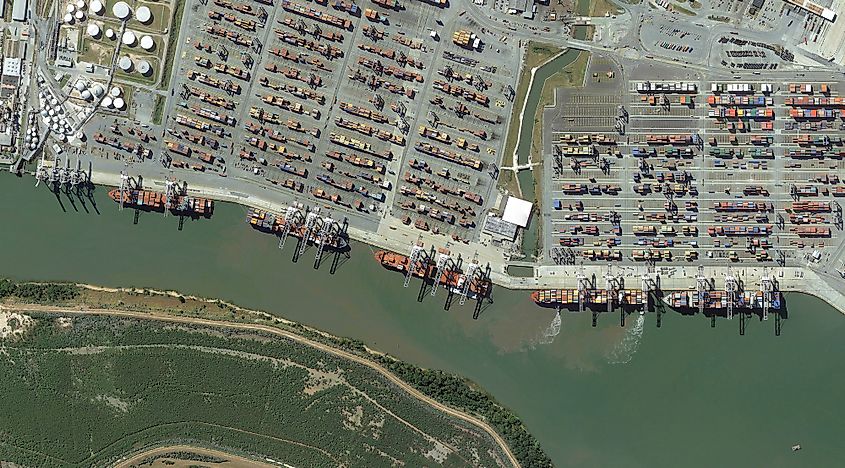
Historically, Savannah’s economy depended on the production of agricultural products, most notably silk and cotton. It also depended on its port, which was one of the most active in the United States in the 19th century. Today, Savannah’s port is still important, though agricultural production has been replaced by other sectors. One of these sectors is manufacturing, especially as it relates to the aerospace industries. As of 2019, jet manufacturer Gulfstream Aerospace Corp. was the largest employer in the area. Tourism is also a major driver of Savannah’s economy, as the city contains several historic sites, and is in close proximity to several state and national parts. The military industrial complex is another of Savannah’s important economic sectors. Fort Stewart-Hunter Army Airfield is located in the city.
History
The story of Savannah, Georgia began when General James Oglethorpe and the 120 passengers of a ship called "Anne" landed on a bluff high along the Savannah River in February of 1733. Oglethorpe did not just found Savannah, but the entire colony of Georgia, which became the 13th American colony. He named the colony after England’s King George II. Savannah became the colony’s first city.
Originally, Savannah was intended to be a philanthropic project. A place for the working poor, established to increase trade in the area, and provide a commercial outpost for neighboring South Carolina. In its early years, Savannah’s leaders managed to maintain cordial relations with the area’s Native American population. Thus, the city was able to grow and flourish without the kind of warfare that was consistent with the establishment and maintenance of other American colonies.
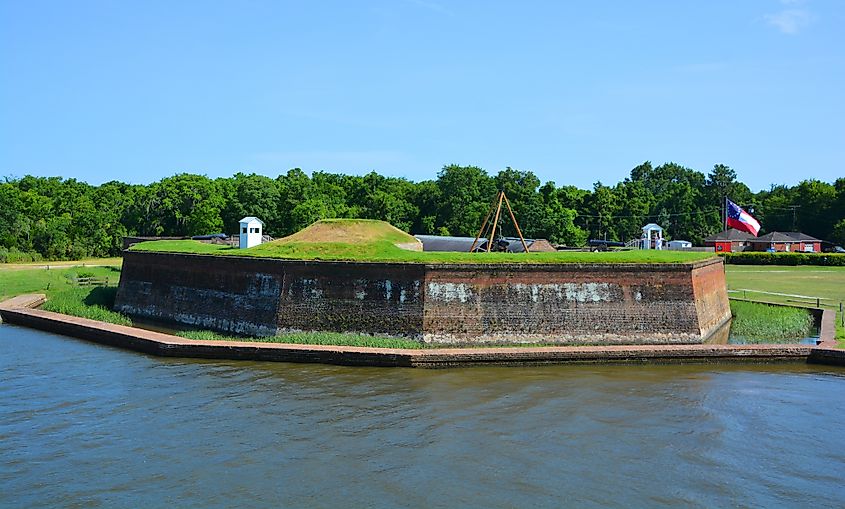
Savannah was the first planned city in what would become the United States. Oglethorpe planned the city to be made up of grids, which allowed for wide streets intertwined with public squares and parks. Originally, Savannah had 24 original squares, with 22 still existing today. During the city’s formative years, certain laws were put in place that banned slavery, outlawed alcohol, and forbade Catholics and lawyers from living there. These laws, however, did not endure. The prohibition on alcohol ended in 1742, the ban on Catholics was rescinded in 1748, slavery was legalized in 1750, and lawyers could live in Savannah as of 1755.
Savannah continued to flourish after the American Revolutionary War. The plantation economy took hold, along with the scourge of slavery that accompanied it. Many African slaves were transited through Savannah’s port. Meanwhile, Savannah’s white residents used the wealth that they made from cotton to build luxurious homes and lavish churches. After the cotton gin was invented on a plantation outside of Savannah, the city began to rival Charleston as a commercial port. The city’s Cotton Exchange, which still exists today, set many of the world’s prices for cotton.
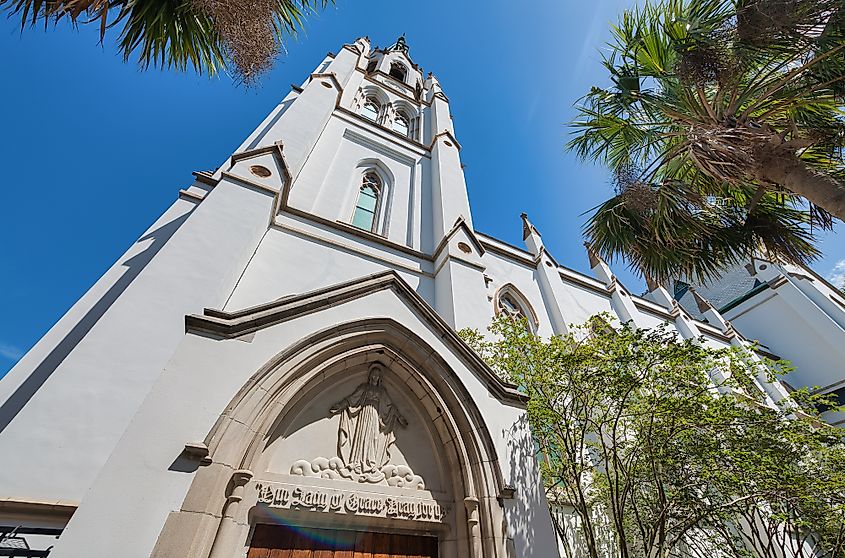
During the US Civil War, Union General William Tecumseh Sherman entered Savannah. He was awe-struck by its beauty, so much so that he decided not to destroy the city in the same fashion as he did Atlanta during his “March to the Sea.” Nevertheless, the Civil War did leave Savannah’s economy in ruins. In the period of Reconstruction that followed the war, Savannah’s newly-freed slaves built their own prosperous community in the city, eventually making Savannah one of the most important cities in the country for African Americans.
By the time the 20th century began, cotton regained its economic prominence. New industries, such as the export of resin and lumber, also contributed to Savannah’s economy. The city would take a turn for the worst, however, when boll weevils came and destroyed much of the cotton crop. This happened around the same time the Great Depression began. Savannah would not rebound until after World War II.
In the mid-20th century, efforts were undertaken to preserve Savannah’s history. The city’s Historic District was declared a National Historic Landmark in 1966. Several historic buildings were restored, including the Pirates’ House mentioned in the famous book, Treasure Island; the Telfair Academy of Arts and Sciences, which became one of the South’s first museums, and the Olde Pink House, the site of Georgia’s first bank. Several churches were also restored, as was Temple Mickve Israel, the third-oldest synagogue in the United States. Since the 1970s, Savannah has become a popular site for the movie industry. Several films were shot there, including Roots (1976), Glory (1989), Forrest Gump (1993), and The Legend of Bagger Vance (2000).
